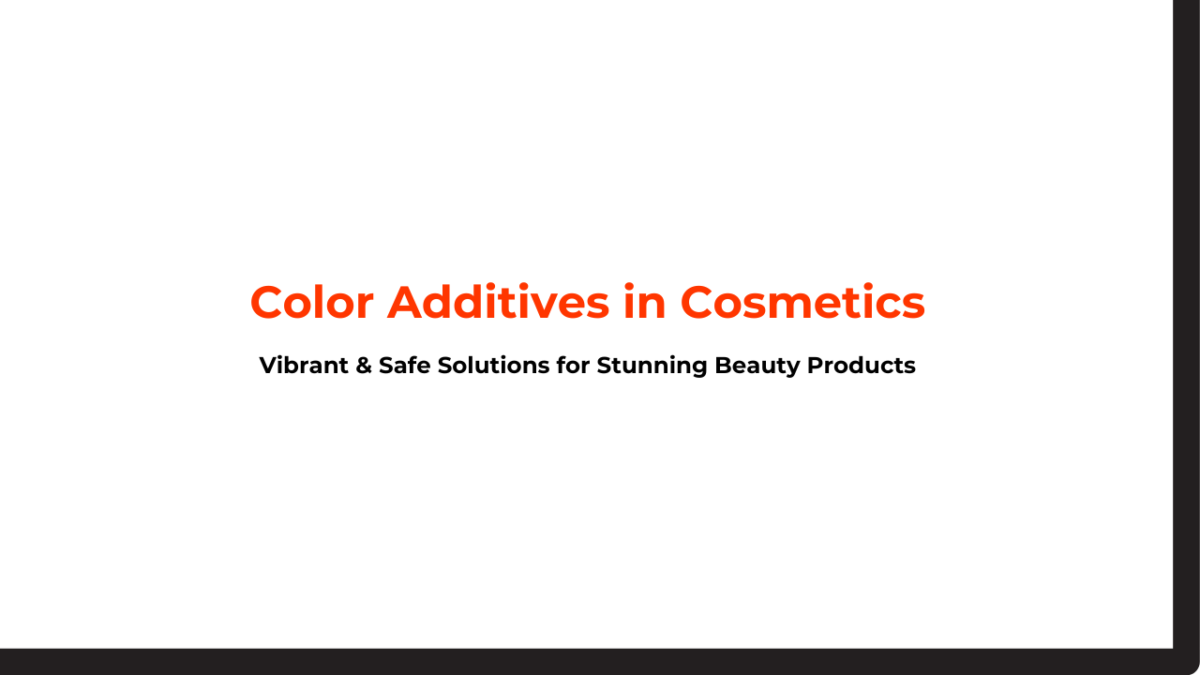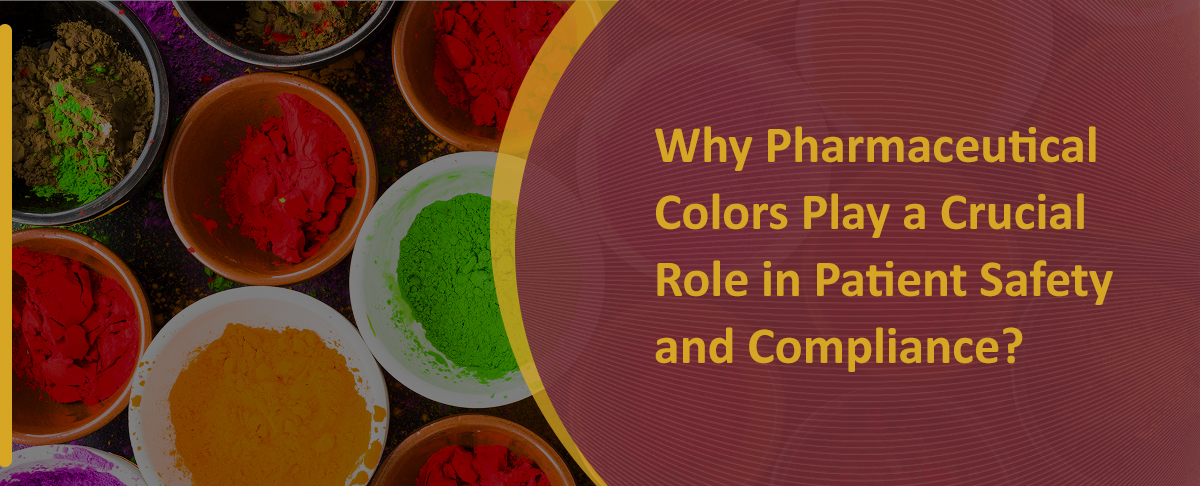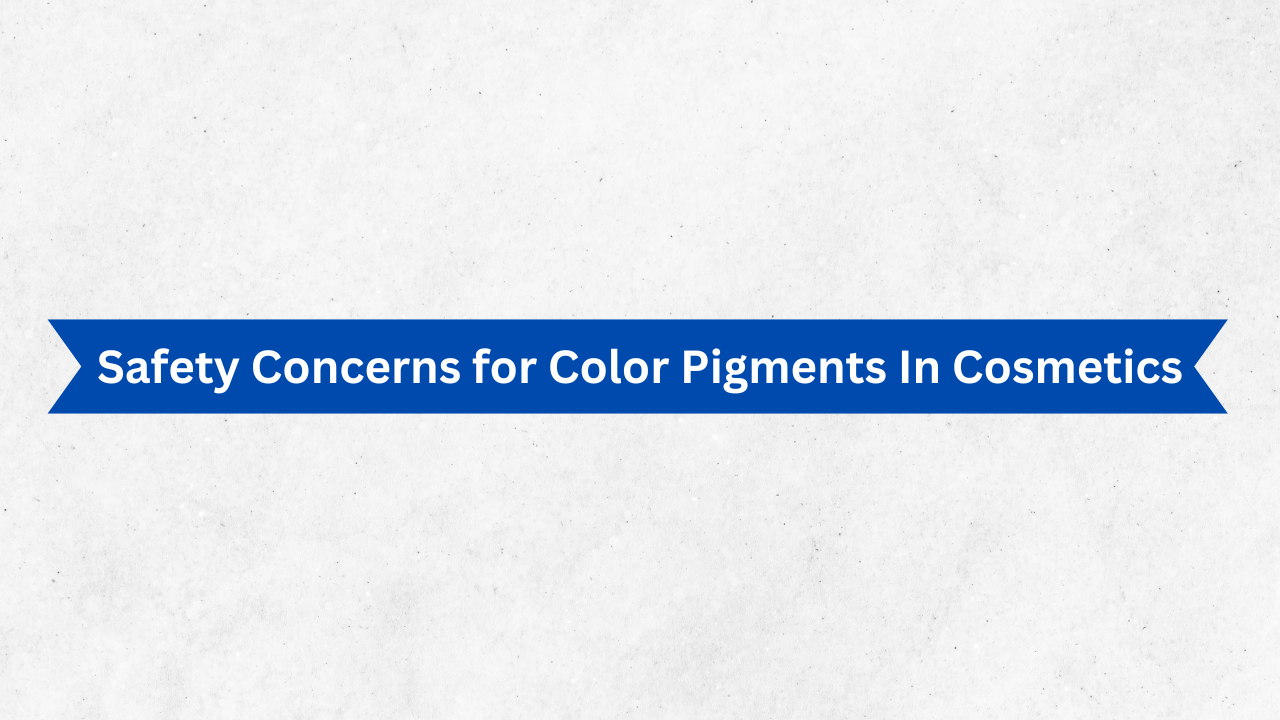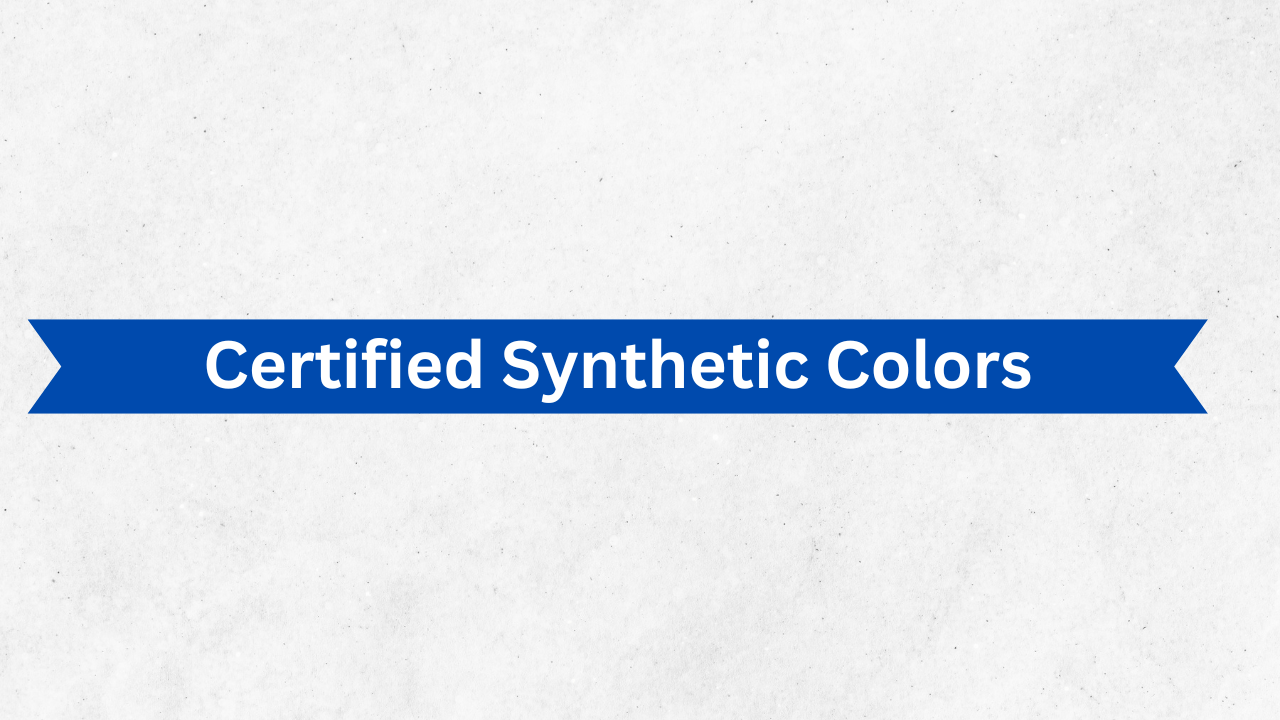Introduction
Color additives refer to any dye, pigment, or substance used to impart color to intended products. The use of color additives in cosmetics and personal care products is widespread due to their lucrative benefits and powerful capabilities to produce more vibrant, brighter colors with different hues and shades. All right! In this blog, we will walk you through color additives in cosmetics, including their uses and advantages.
Color additives, also known as food color additives, could be natural or synthetic substances based on how they are produced. Natural color additives are derived from naturally occurring sources such as plants, trees, vegetables, beetroots, animals, minerals, etc. Unlike natural color additives, synthetic color additives are produced from coal-tar or petroleum-based chemical reactions between two or more compounds.
Color additives or pigment colors for cosmetics and personal care products add significant value to businesses by making products more appealing to consumers. If you are still wondering about the various applications of color additives in cosmetics, continue reading this blog post.
What are Color Additives?
As the name suggests, “Color additives” refer to any dye, pigment, or substance that gives color to the desired products, making them more visually appealing and attractive for consumers. These cosmetic colorants or color additives offer a wide range of colors with different shades and hues, which add a great sense of beauty to the cosmetic products.
What are Cosmetic Color Additives?
Cosmetic color additives are colorants, colors, or coloring agents that can add color to cosmetics or the human body. These color additives could be dyes, pigments, or other substances produced from natural or synthetic processes. There is a big difference between natural and synthetic cosmetic color pigments, and each serves different purposes and applications.
The U.S. FDA regulates color additives in cosmetics to ensure they are correctly used for intended purposes while ensuring safety as the top priority. Cosmetic color manufacturers must follow the FDA’s stringent guidelines for quality standards. The FDA reviews these color additives thoroughly before approving them for use in desired applications.
These color additives are divided into two main categories: color additives that require certification (synthetic color additives) and those that don’t need any certification (natural color additives).
Types of Color Additives
Color additives are essential in helping businesses create first impressions in customers’ minds by making their products more attractive to the eyes. They further help consumers identify the product by seeing its color, such as ice cream, candy flavor, medicine dosages, or contact lenses. Color additives are available in liquids, powders, gels, or pastes and are widely used commercially.
Different types of color additives are used for different purposes based on their solubility, color consistency, and resistance to UV rays. The following are some color additives widely used in cosmetics, pharmaceuticals, and food.
- Synthetic or coal-tar dyes
Synthetic dyes, also known as artificial dyes or coal-tar dyes, are derived from coal-tar or reactions between two or more chemical compounds in a laboratory. Are you now wondering what artificial colors are? Synthetic colors are also called “synthetic-organic” colors.
FD&C Red No. 3 (Erythrosine), FD&C Yellow No. 5 (Tartrazine), and FD&C Blue No. 1 (Brilliant Blue) are a few examples of these color additives.
- Natural Colors
These colors or color additives are mainly produced from natural sources, including plants, trees, vegetables, minerals, or animals. Natural dyes or colors are important due to their multiple health benefits.
Caramel color, annatto extract, and beta-carotene are used as color additives in cosmetics or coloring agents to add desired colors to different products and applications.
- Lake Colors
Lake colors refer to colors or pigments not soluble in water and derived from triggering dyes with a metallic salt. Unlike other types of dyes and pigments, lake colors show carcinogenic properties and are used in various applications such as capsules, surface coatings, food packaging material, etc.
Furthermore, there’s an ongoing debate about lake colors vs pigments based on their different chemical properties, color consistency, and durability.
- Straight colors
A color additive does not mix with any other substance or undergo any chemical reaction.
- Mineral pigments
These are pigments widely used in cosmetics and personal care products. Titanium dioxide and iron oxides are the two main examples of mineral pigments.
Advantages of Color Additives
Color additives offer numerous benefits for the cosmetic and personal care industries, enabling them to make their products more aesthetically pleasing and attractive to consumers. Here are the top benefits of color additives used in cosmetic formulations:
- Improve Visual Appearance
Color additives are widely used to enhance the visual appearance of cosmetics and personal care products, making them more beautiful and appealing.
- Brand trust
They are used to provide consistent color tones in cosmetics and packaging, encouraging customers to trust a brand and its products.
- Self-expression
Color additives are a great way to help users enjoy different color looks and improve their natural beauty.
- Color correction
Because of environmental factors, color additives can fix natural color variations and offset color loss.
- Color enhancement
These color additives are most commonly used to improve the inherent colors of cosmetics and personal care items more efficiently.
- Color Creation
Color additives can be applied to color products or colorless products.
FDA Regulations for Color Additives
The FDA monitors and determines the safety of color additives before they can be approved for use in cosmetics, foods, or pharmaceuticals. Once the FDA finds the color additives meet its quality standards and guidelines, technical specifications or so-called certifications are issued to describe the color additive and any limitations or restrictions on its use.
Additionally, colors designated as “listed colors” or FDA-certified colors are approved and regulated as soon as they become available to the public. Separate color additive lists are available for various applications, including cosmetics, drugs, and pharmaceuticals.
Meaning that color additives approved for cosmetics may not be used in pharmaceuticals. Similarly, color additives approved for foods may not apply to cosmetics. So, knowing which color additives are approved for which application areas is essential.
Conclusion
Color additives used in cosmetics and personal care products offer numerous benefits for businesses. They improve the visual appearance of products, identify products, and improve branding and marketing. Many cosmetic manufacturers today rely on color additives to give their products a great sense of beauty.
If you are a cosmetic, pharmaceutical, or food manufacturing business looking for premium-quality color additives like synthetic dyes and pigments, look no further than Hridhan Chem Pvt Ltd. The company manufactures FDA-certified dyes and pigments with zero impurity and top-notch quality. For more information on cosmetic colors, dyes, or pigments, contact us today!




